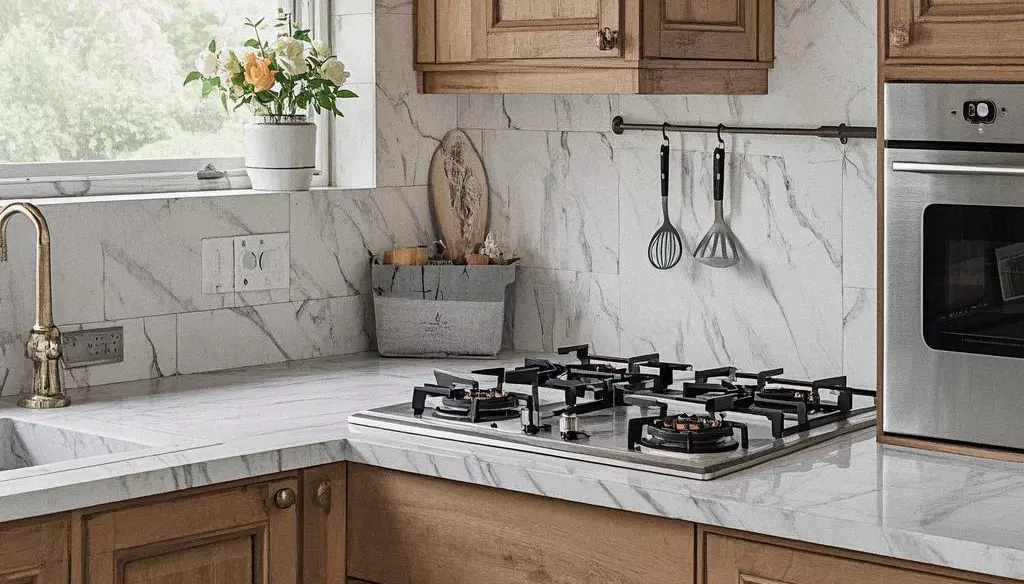Quartz stone slabs have an interesting development history. In the early 1960s, Breton S.P.A., an Italian company, developed the Bretonstone technology, which was the first to use the process of solidifying quartz and resin slabs by vibro compression under vacuum. This innovation enabled quartz, which was previously unsuitable as a countertop material on its own, to become a durable and practical option.
Initially, quartz countertops were not widely accepted as they lacked the aesthetic appeal of natural stones like granite and marble. However, with technological advancements, manufacturers were able to create quartz slabs with a variety of colors, flakes, and swirls, making them more visually appealing.
In the following decades, quartz stone slabs gradually gained popularity, especially in Italy and Europe, due to their durability, low porosity, and resistance to stains and scratches. By 2012, China had become the world’s largest producer of quartz surfaces, with a significant increase in the number of producers.
Today, quartz stone slabs are widely used in various applications, such as kitchen countertops, bathroom vanities, and flooring, thanks to their combination of beauty and functionality.








